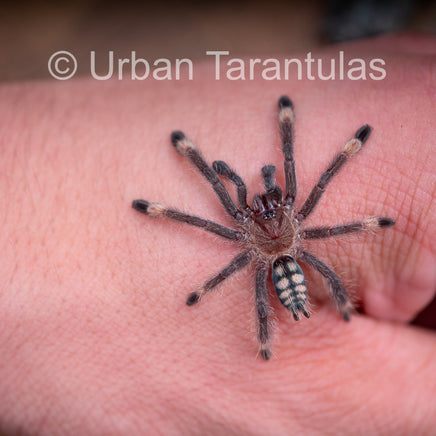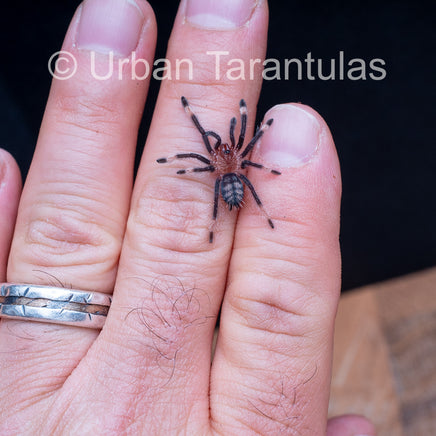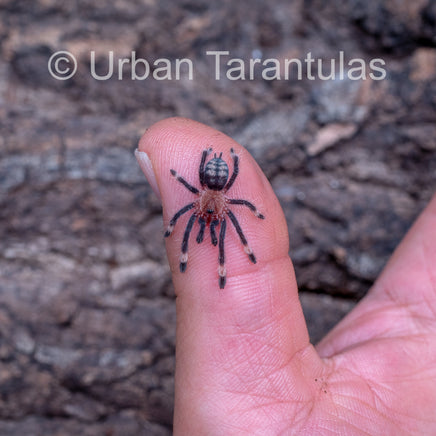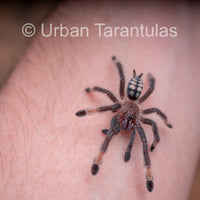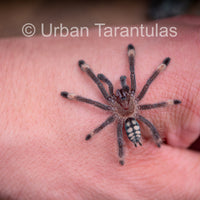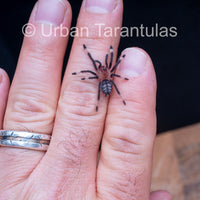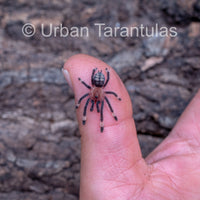Meet the Venezuelan Sun Tiger: The Halloween Enthusiast of the Tarantula World 🎃🕷️
Known to many as the Halloween Spider, the Venezuelan Sun Tiger is a showstopper with its striking orange and black pattern. This species is a must-have for any hobbyist looking to add a dash of color and personality to their collection.
Care/Husbandry: A Room with a View... and a Burrow 🌳🕳️
When it comes to housing, think vertical. These tarantulas are hybrid species that enjoy both climbing and burrowing. They're like the gymnasts of the spider world but without the balance beam. Originating from sub-tropical climates, they prefer their substrate to be on the moist side—think dewy morning, not swampy bayou.
For the adults, a water dish is a nice touch, but the youngsters can do without. And when it comes to temperature, these guys are sun-worshippers. They thrive in conditions ranging from the mid-70s to the low 80s.
Other Useful Information: The Quick Facts 📚
- Latin/Scientific name: Psalmophoeus irminia
- Common name: Venezuelan Sun Tiger
- Type: Arboreal, Fossorial. Burrower.
- Category: New World, but don't be fooled—they can be a bit defensive.
- Locale: Hailing from the exotic lands of Venezuela, South America.
- Size: The ladies can flaunt a legspan of up to 8 inches.
- Urtication hairs: None, so no itchy surprises.
- Growth rate: Moderate to fast at room temperature, but crank up the heat above 75°F and they're practically sprinters.
- Life expectancy: Females can live up to 15+ years, while males clock in around 6 years.
- Recommended experience level: Novices welcome!
For more tarantula content that'll make your day, don't forget to check out my Instagram. I update and post quite often. And if you're curious about what others have to say, take a gander at my Facebook review page.


